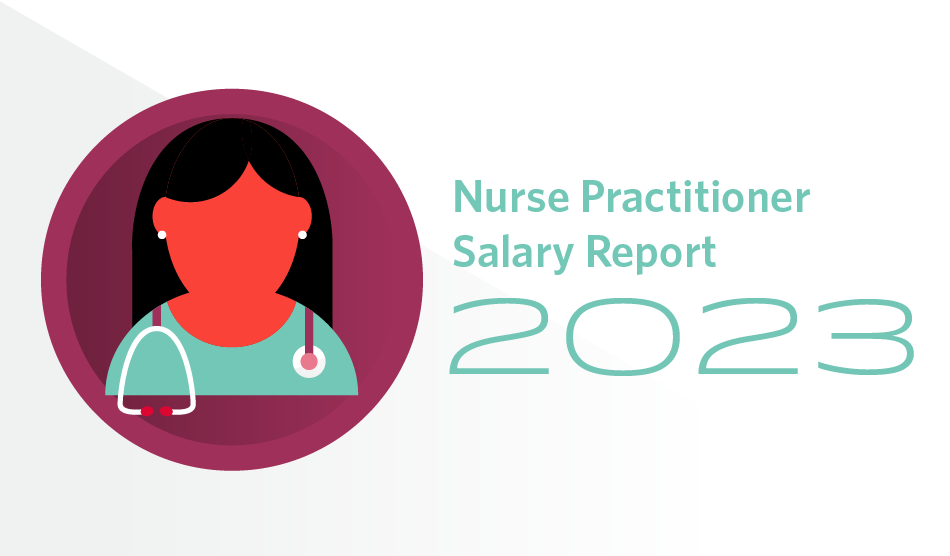 Medical schools have essentially planned their programs around the same model for more than a century: two years of preclinical or classroom work in basic medical science followed by two more years in clinical rotations.
Medical schools have essentially planned their programs around the same model for more than a century: two years of preclinical or classroom work in basic medical science followed by two more years in clinical rotations.
Understandably, the opportunity to complete their education early and also lighten their debt obligations is extremely attractive to a number of medical students.
And—as our healthcare system takes a new direction and demand for physicians continues to increase—some medical school policymakers are looking to three-year programs as a way to ease the shortage by producing physicians more quickly. The need for primary care clinicians is particularly on the rise as many new providers tend to choose traditionally more lucrative specialties, such as radiology and dermatology.
Recently, The Washington Post reported that the length of medical school has become a top concern for students, fueling interest in accelerated programs, as much of the fourth year is devoted to electives and applying for residencies—a process that takes months. To date, fewer than a dozen of the nation’s 124 medical schools are offering or actively considering three-year programs, because some fear graduates might be at a disadvantage compared with other residency applicants.
In an article published by the Journal of the American Medical Association in March 2012, University of Pennsylvania Vice Provost Ezekiel Emanuel and Stanford economist Victor Fuchs state a year of medical school could very well be eliminated “without adversely affecting academic performance,” and “students could be assessed on core competencies rather than on time served.”
Texas Tech University Health Science Center’s accelerated track—which is limited to the specialty of family medicine and awards its medical students with a $15,000 tuition scholarship to cover the first year—graduated its first three-year class in 2013. The program’s nine students are now training in primary care.
New York University (NYU) launched its three-year program in September 2013, with 16 students chosen from a pool of 50 applicants—almost a third of the medical school’s 160-member class. The vice dean, Steve B. Abramson, says NYU’s accelerated program is best suited for highly qualified students who are typically older, more mature, and certain of their specialty choice, as they will be guaranteed a residency after graduation.
“The core content we deliver is rigorous, comprehensive, and very well monitored,” says Abramson. “Students must remain in the upper half of their class in order to stay in the three-year program and are able to retain the option of switching to the four-year track, if they find it too taxing.”
As Sandra G. Boodman, Health & Science writer for The Washington Post, relates, proponents of the three-year alternative indicate contemporary medical school programs differ from those explored by some schools in the late 1970s. The 20th-century curricula centered more on memorization and “cramming,” while the new programs were developed to minimize burnout.

